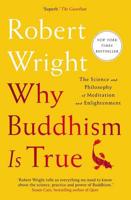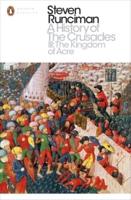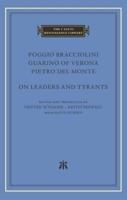Publisher's Synopsis
The metamorphosis of Buddhism synchronizing with alterations in political ideology, rapid
economic growth, and evolving societal demands in China's new era is the focus of this
book. It traces the metamorphosis to 2002 when the Communist Party of China declared
upholding traditional Chinese culture, including Buddhism, to be essential to its leadership.
The chapters offer rich case studies of updated "authentic" Buddhist teachings by clerics
and other innovations in temples and nunneries, new lay communities and their practices,
and the emergence of Buddhist cultural sites ranging from scenic areas to mega-expos.
The comprehensive view of Buddhism in China illustrates how Buddhism is going beyond
state-imposed boundaries of religious space. With a primary focus on Mahayana Buddhism
practiced among Han Chinese, it also considers interactions with Theravada and Tibetan
Buddhism, as well as Confucianism, Daoism, and folk beliefs. The eleven contributing
scholars-experts in anthropology, history, philosophy, religious studies, and sociology-
draw on extensive fieldwork to provide transdisciplinary analyses of the metamorphosis,
raising key questions about the dynamics of religious space










